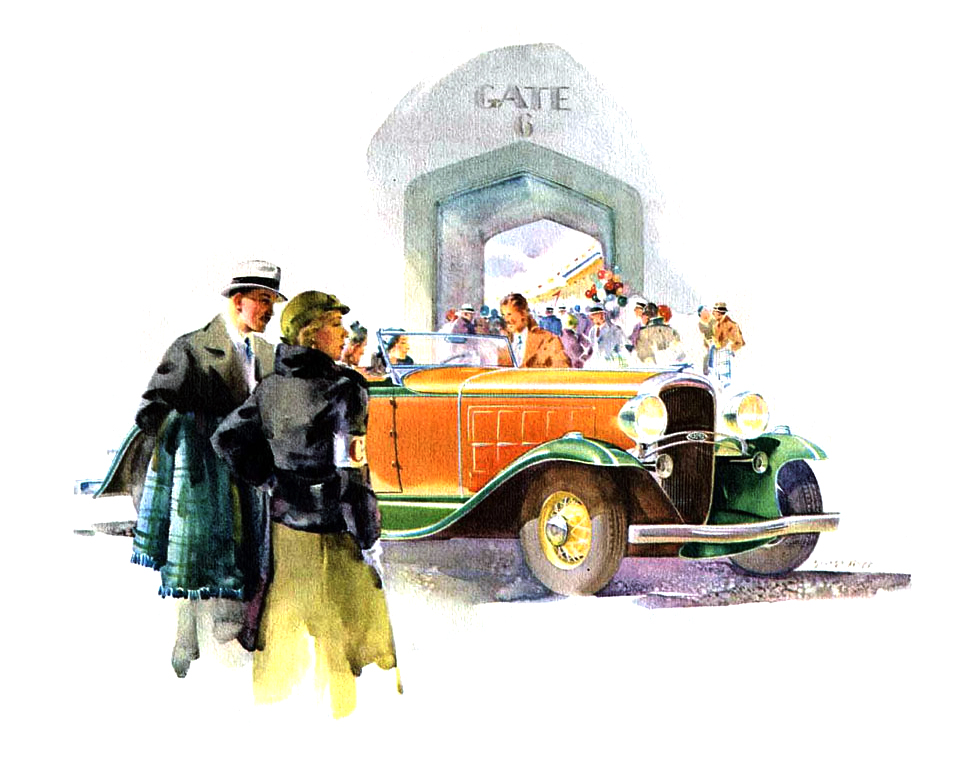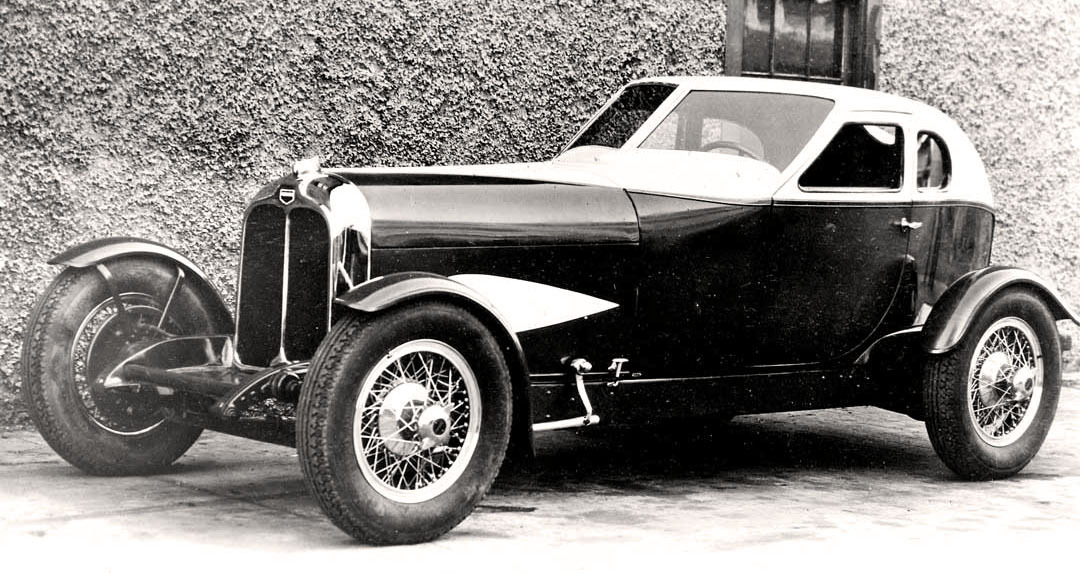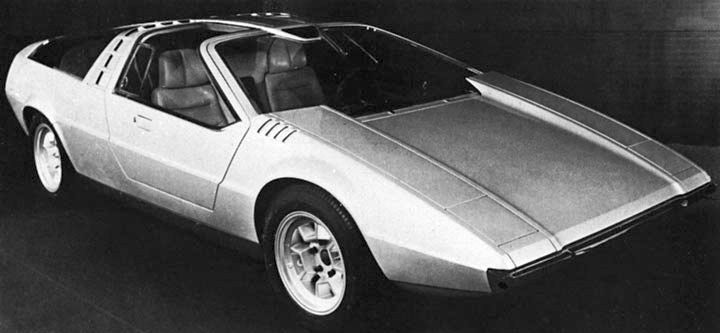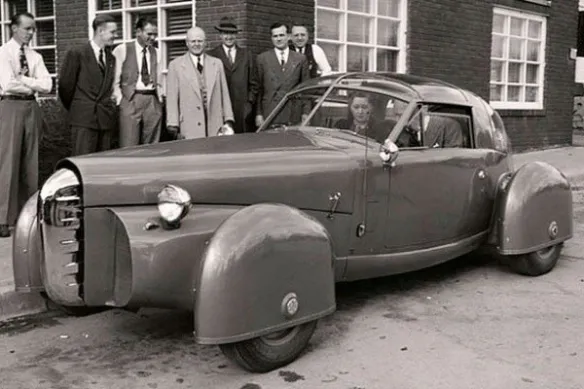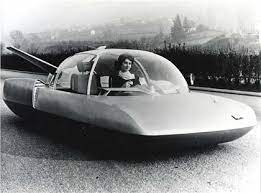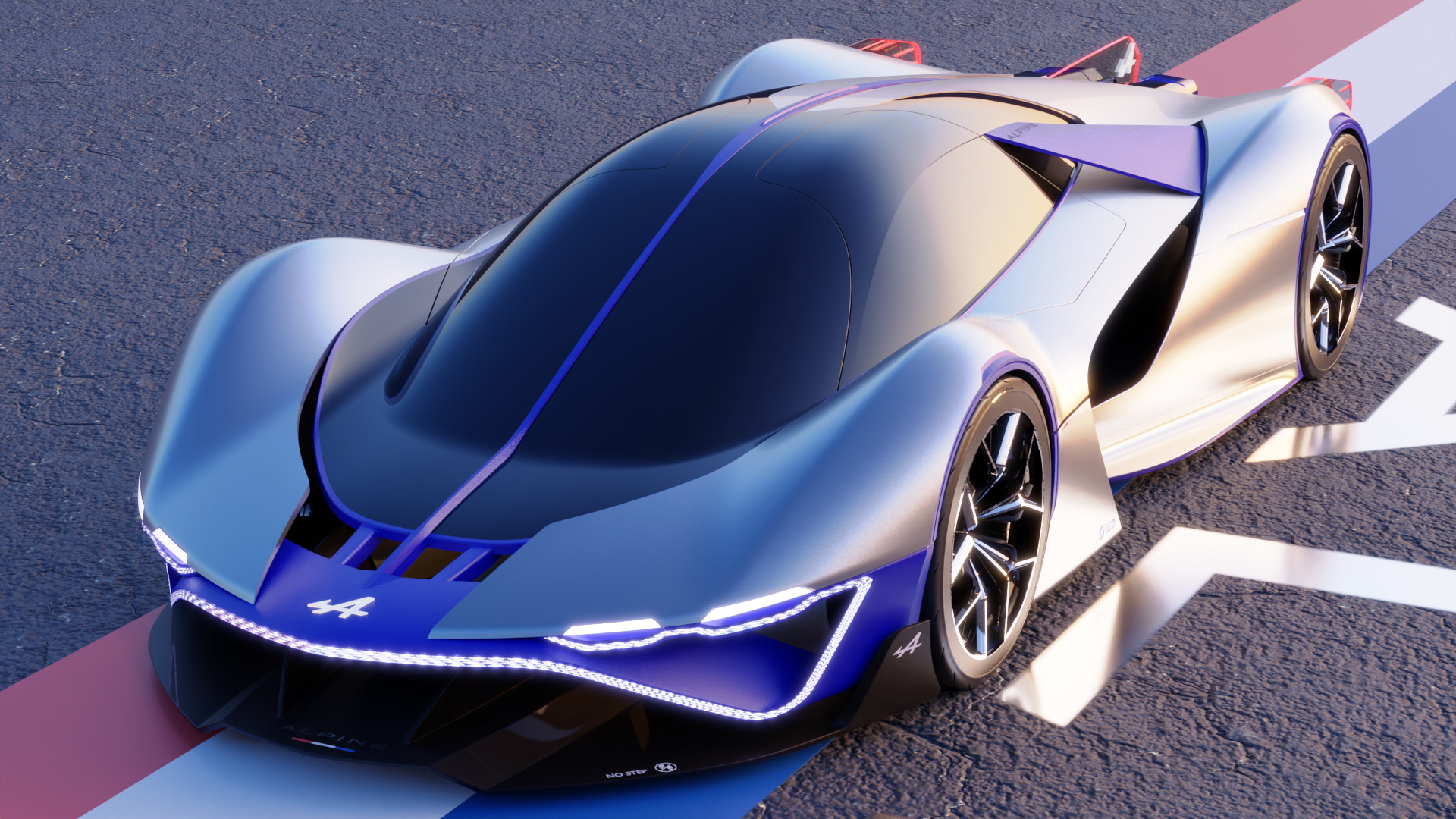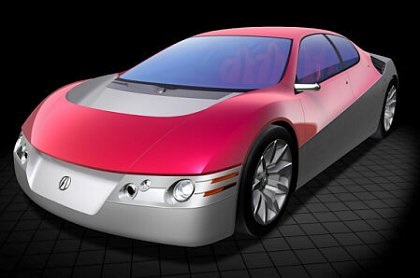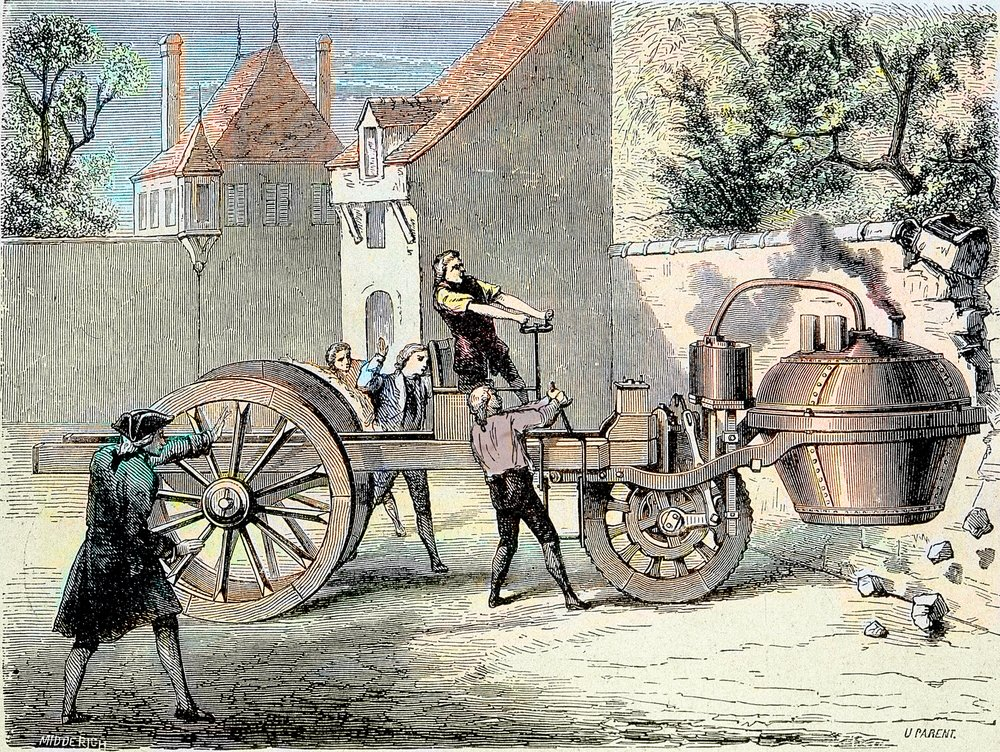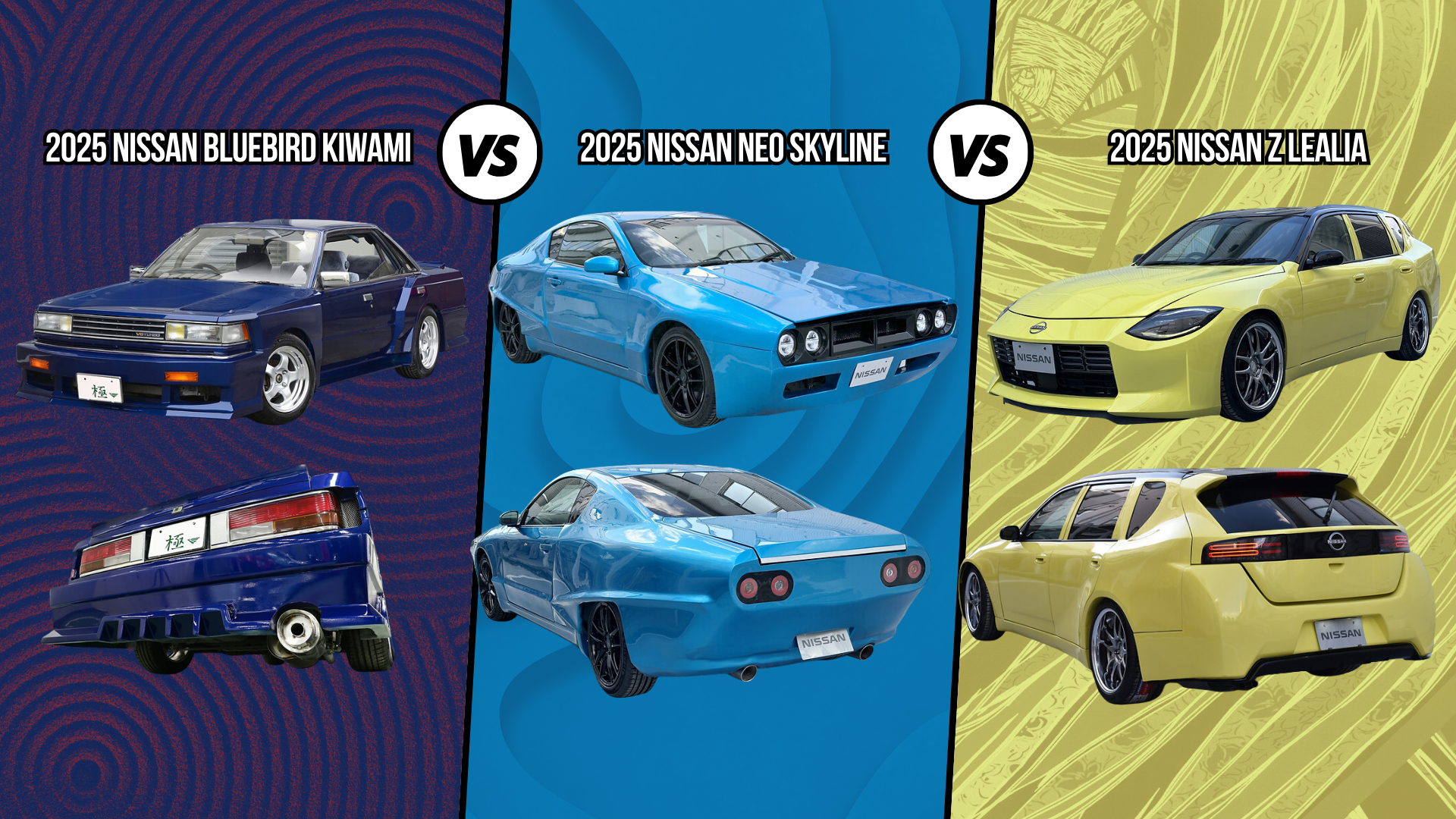The Rover-BRM was a prototype gas turbine-powered racing car jointly developed in the early 1960s by the British companies Rover and British Racing Motors (BRM).
Since World War II, Rover had been working with gas turbines for road vehicles. A series of potential road cars had also been produced, from the early prototype Jet 1 through the more developed examples T2, T3 & T4. T4 had even displayed demonstration laps around the Le Mans circuit before the 1962 race. Seeing an opportunity for even more prestige, Rover entered a gas turbine car into the race. A prize was to be awarded for the first gas turbine car to complete 3,600 km over 24 hours, at an average speed of 93 mph.
A crucial step in this plan was a chance meeting between William Martin-Hurst, MD of Rover, and Sir Alfred Owen of Rover's component supplier Rubery Owen, but more relevantly also of the Formula 1 constructor BRM. BRM supplied the chassis of Richie Ginther's crash-damaged car from the 1962 Monaco Grand Prix. A custom open-top spyder body was built in aluminum, with the turbine mid-mounted ahead of a single-speed transaxle.
The first test runs were at the MIRA track in April 1963, driven by Graham Hill, who described it thus, "You're sitting in this thing that you might call a motor car, and the next minute it sounds as if you've got a 707 just behind you, about to suck you up and devour you like an enormous monster." The top speed is quoted to be 142 mph (229 km/h)
Engine
The gas turbine engine was typical for Rover, with a single centrifugal compressor, a single combustion chamber, and a free turbine driving the output shaft, separate from the turbine that caused the compressor. It was rated at 150 bhp.
Racing career
1963 Le Mans
Le Mans has always been interested in fuel efficiency; some classes depend on achieving particular figures. The car ran at Le Mans, carrying the race number "00" as an experimental car. The turbine engine was considered equivalent to a 2-liter but was permitted twice the usual fuel allowance.
Graham Hill and Richie Ginther, who had the experience of the same chassis in a different guise the year before, drove in the race.
The 3,600 km figure was achieved with hours to spare and peak speeds down the Mulsanne Straight exceeding 140 mph. The overall averages were 107.8 mph and 6.97 mpg. As the only car in its class, it was unplaced, but the same performance by a petrol-engined car would have placed it in 8th place.
1964 Le Mans
For the 1964 season, the significant change was the addition of a pair of ceramic rotary regenerators to the gas turbine to improve efficiency. Although often reported as "heat exchangers," these use a different technique. Two honeycomb disks rotate slowly at 20 rpm, with both inlet and exhaust airflows passing through them separately. This heats the disk, which then rotates and heats the inlet air. Regenerators slightly restrict the peak power of a gas turbine but hugely increase its efficiency in compensation.
To improve intake airflow, large pods were added over the rear intakes after the test weekend, where they ran with small air scoops. The car also gained a new body, a closed coupe designed by Rover's William Towns. There was little time to test the new engine, and the vehicle was also slightly damaged during transport back to Britain. For one of these reasons (history is unclear just which), the team withdrew from Le Mans that year.
1965 Le Mans
The 1964 engine was now used to race in anger. Rather than running as an "experimental," it was numbered "31" and was a competitor against others in the 2-liter class. The fuel allowance was now the same as for the piston cars, making the regenerators even more critical. Graham Hill and Jackie Stewart were to drive.
Allegedly owing to sand from the side of the course being sucked in when Graham Hill ran wide early on, the turbine blades were damaged. Some hours later, while Stewart was driving, the tip of a turbine blade broke off and damaged one of the regenerators with a massive explosion, although the engine kept on running. The engine began to overheat and, for the rest of the race, had to be monitored carefully to ensure that the exhaust gas temperature wasn't exceeded.
The car performed well, finishing tenth overall, seventh in the prototype class, and the first British car. The average speed was slightly lower than previously at 98.8 mph, but consumption had fallen in half to 13.51 mpg.
Survival today
After the 1965 Le Mans, the car was once briefly tested on public roads by the magazine Motor but retired entirely by 1974. In recent years the vehicle has been nominally on display at the Heritage Motor Centre, Gaydon. Work progresses to restore it to running and demonstrable order, so it may not always be on display at all times. In June 2016, the car was showcased at the Coventry Motofest, running on a closed section of the Coventry Ring Road.
Source: Wikipedia
Images: Old Concept Cars
























